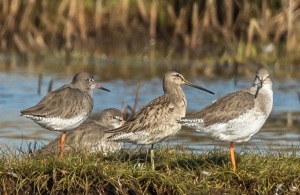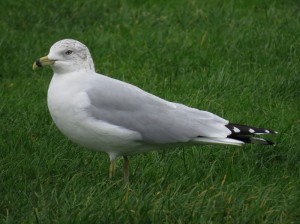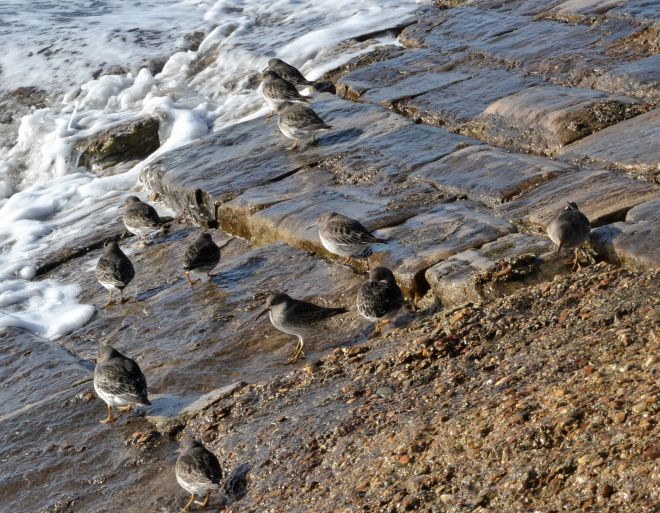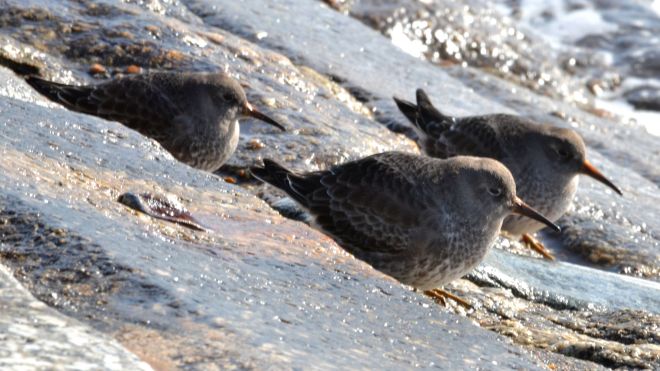Another north American wildfowl provided the past week’s second mini-trip today. There are several Green-winged Teal around the country at present and though I would not travel too far to observe what after all isn’t a rarity, the presence of a drake in the Severn valley just north of Gloucester was a suitable temptation.
This was my second record of what is a regular vagrant, the first having been three years ago to this day at Brandon Marsh in Warwickshire. A distinct early-spring peak is thought to be caused by southern European birds heading north (per Helm guide to bird ID).
Ashleworth Ham (SO830265) is a flood plain area managed for wintering wildfowl by Gloucester Wildlife Trust. To prevent disturbance there is no access to the reserve itself but a hide sited on a bank above the adjacent road offers fine viewing over what to me is an attractive site (pictured below). GWT was recorded here last winter as well.
When I entered the hide three birders inside immediately put me onto the drake that was sleeping amongst other Teal, Wigeon and Pintail in the middle distance. We all chatted for a while as I checked my scope regularly, then I spotted our bird starting to move around. The vertical white stripe down its breast side, replacing Eurasian Teal’s horizontal white scapular stripe was now plain to see, as an image (below) taken from The Gloster Birder shows.
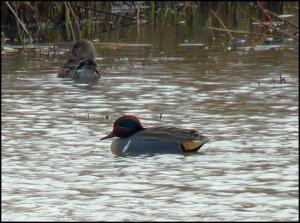
Green-winged Teal at Ashleworth Ham (c) rights of owner reserved
I stayed on site for around 90 minutes and at all times knew exactly which bird the GWT was, whether the diagnostic stripe and deeper pink breast were showing or not. That could have been because, rather obligingly he only seemed to relocate when in my scope. For most of the time this bird was content just to doze the time away.
One of the birders who had been at Corsham Park on my arrival last Wednesday came into the hide. Indeed everyone I met today had checked out that female Hooded Merganser, and all were keeping an open mind as to her provenance. This bird had enhanced her credentials further by moving on overnight, and I learned she had also passed a “bread test” in the interim. Apparently truly wild ducks are said not to take bread thrown at them, though gulls do. I didn’t know that till now.
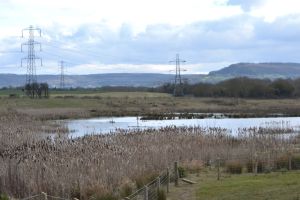
Horsbere Flood Alleviation Pool, Gloucester
I moved on soon after 1pm to re-visit the two male Penduline Tit that are still present wintering immediately outside Gloucester (see here) at the site pictured above. Once again these charming birds provided excellent views at times. I just love ’em!

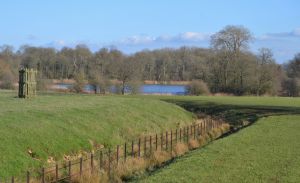




![RedBreastedMerganser_135606[1]](https://ramblingsnscribblings.files.wordpress.com/2016/02/redbreastedmerganser_1356061.jpg?w=300&h=183)
![DartfordWarbler_135637[1]](https://ramblingsnscribblings.files.wordpress.com/2016/02/dartfordwarbler_1356371.jpg?w=300&h=230)
